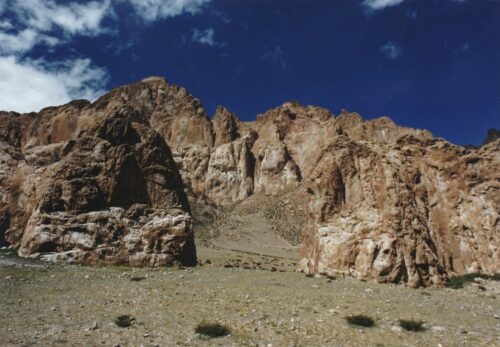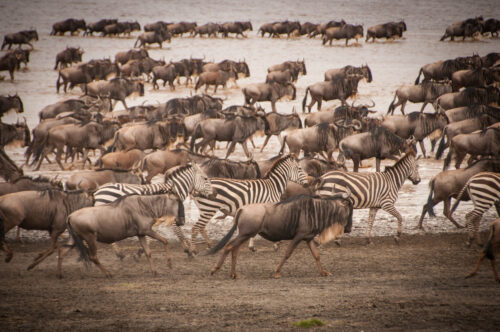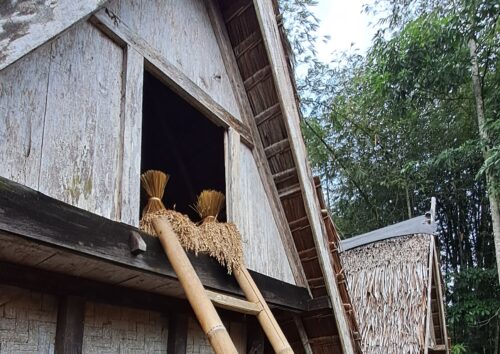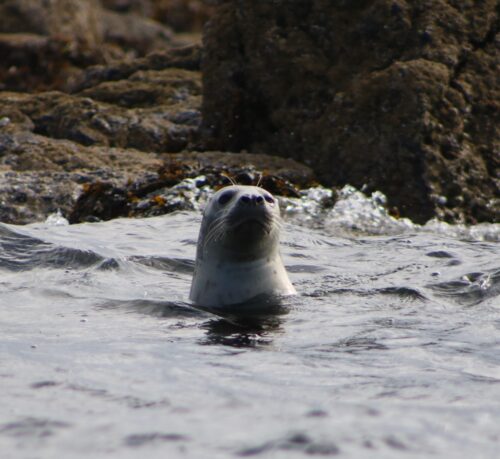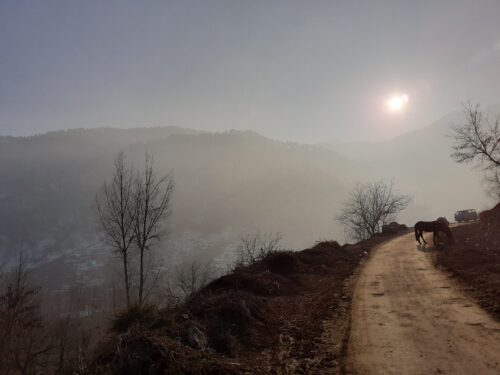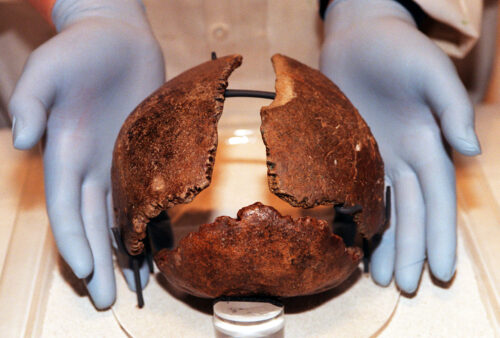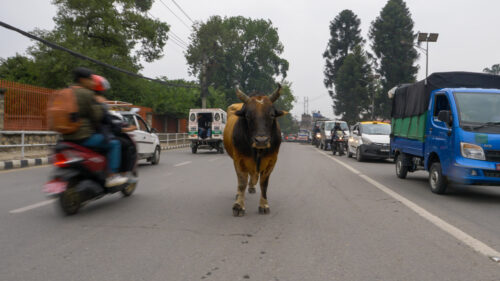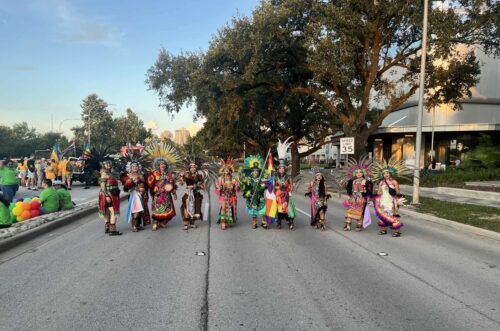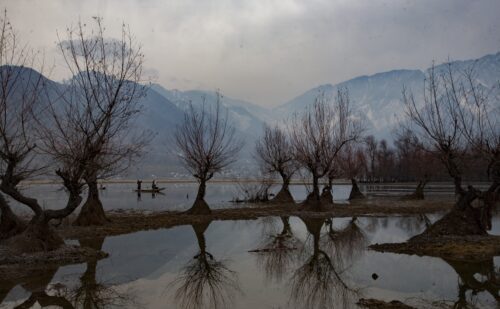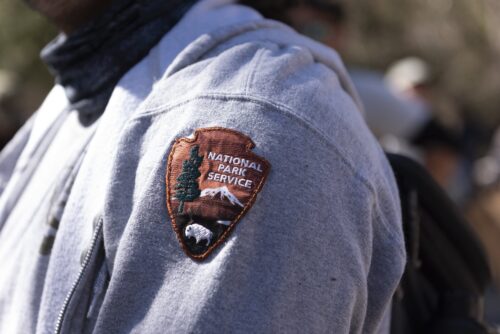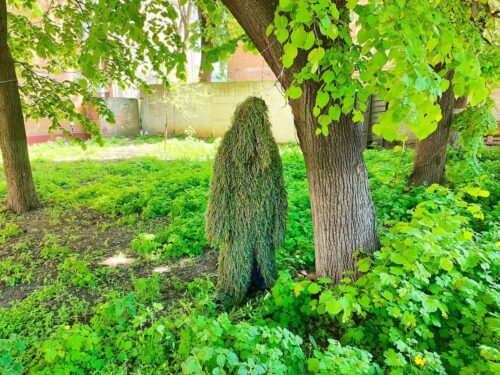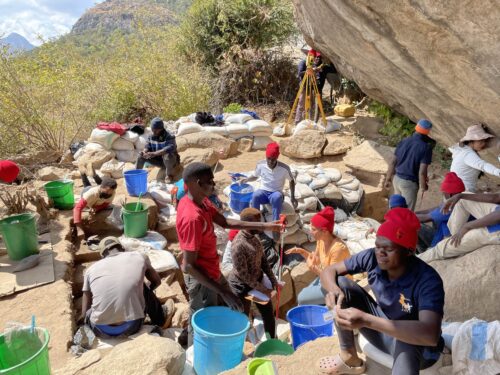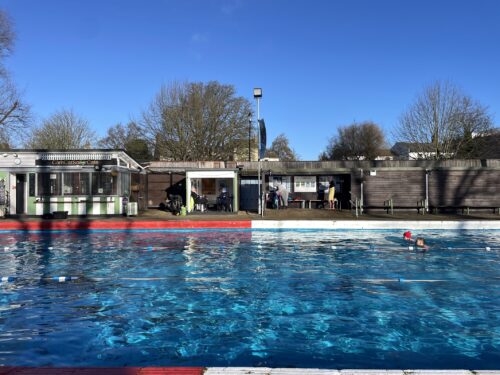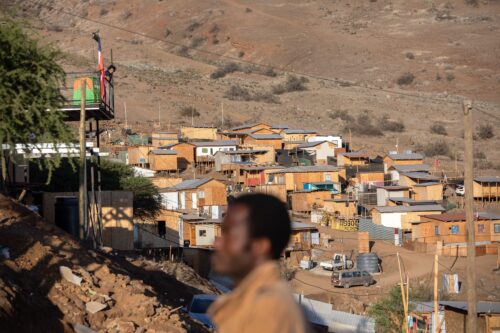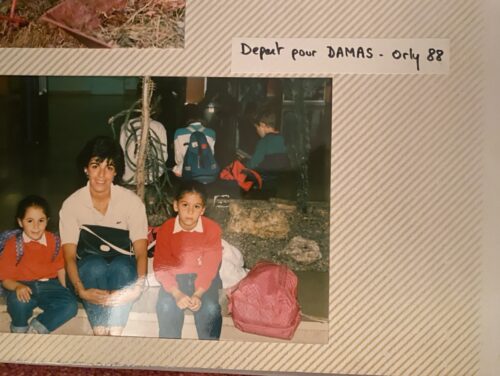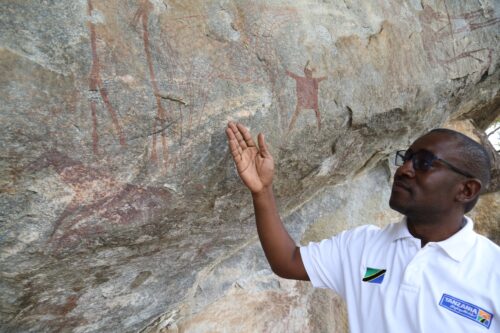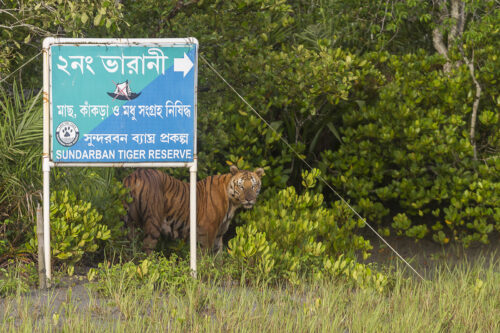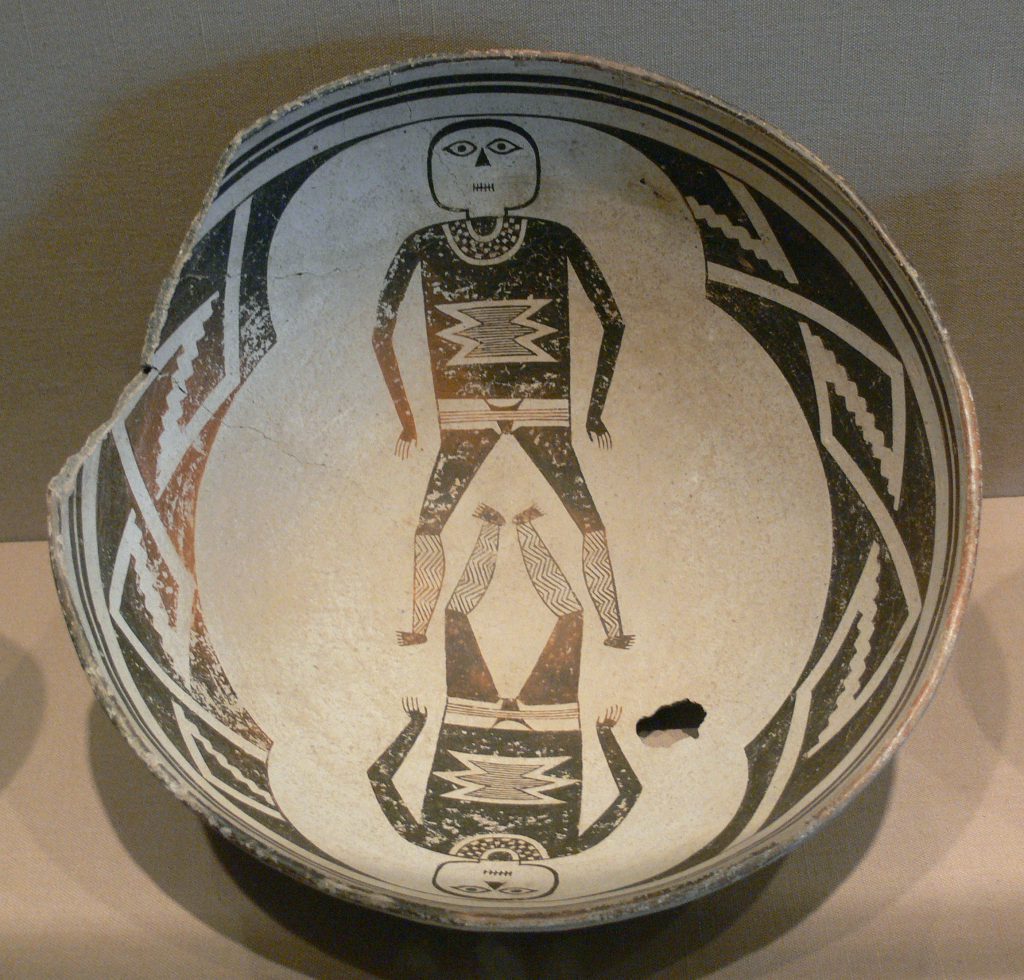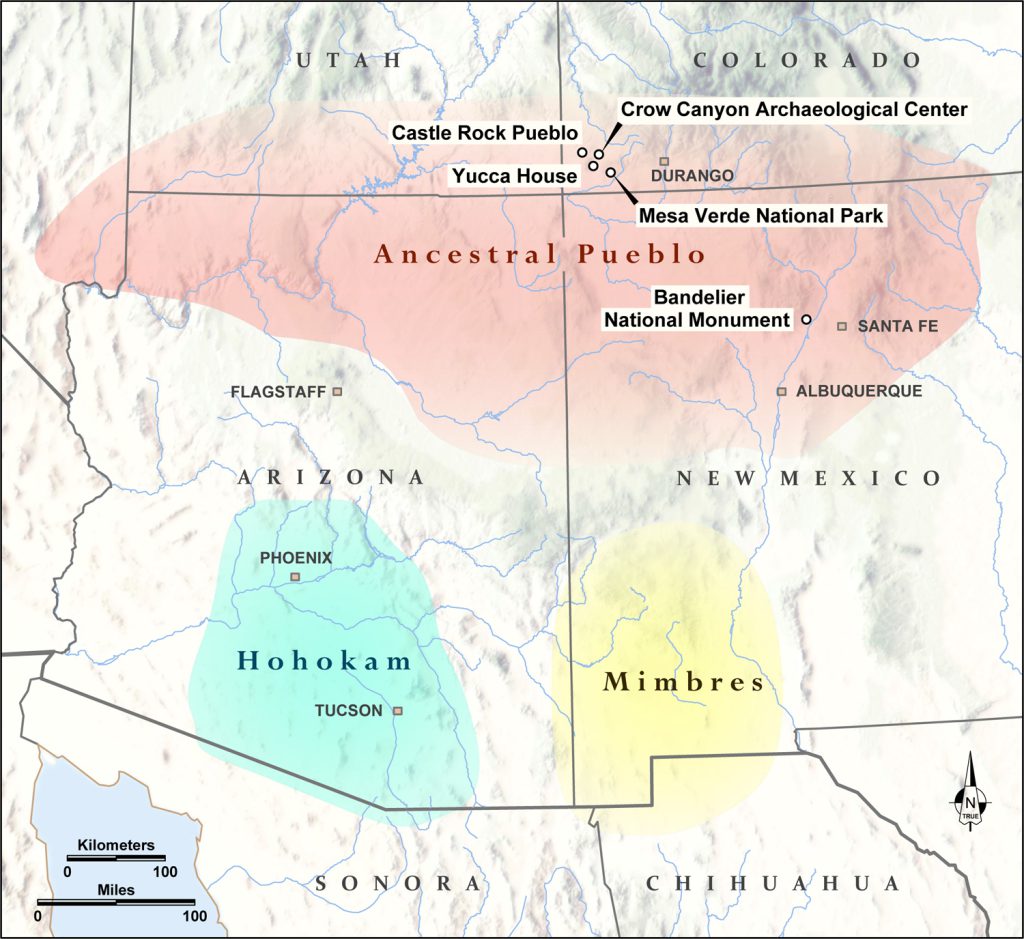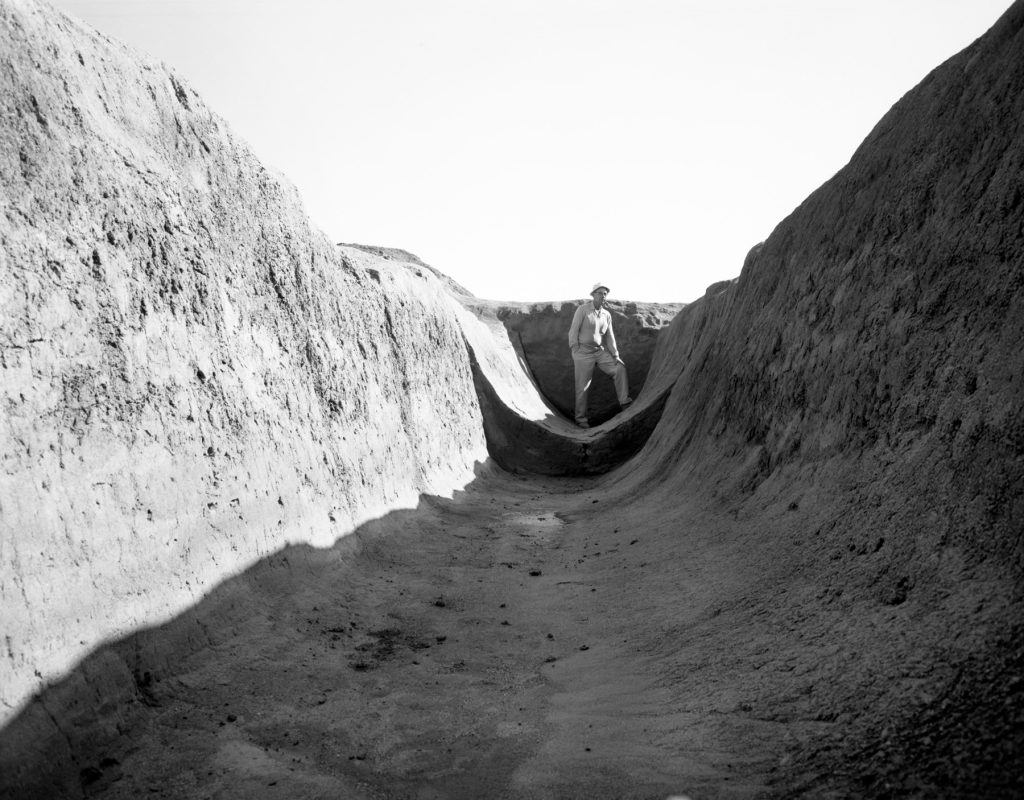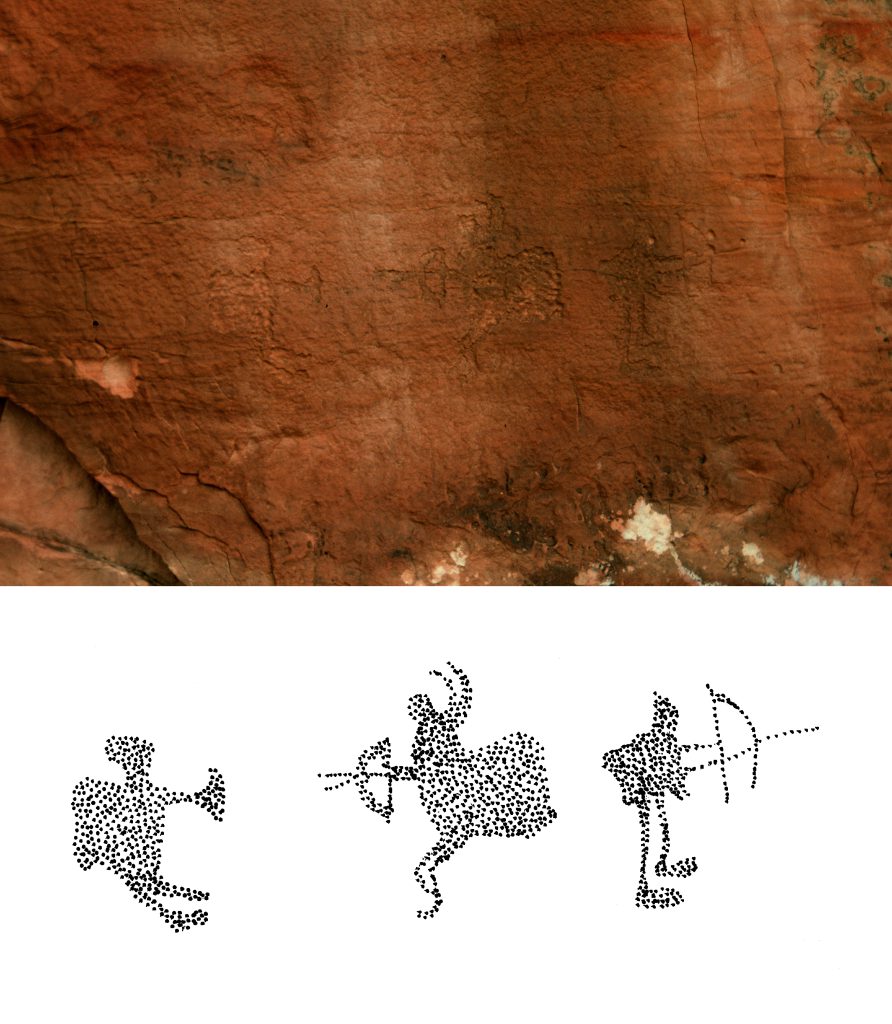How Vulnerable Are We to Collapse?
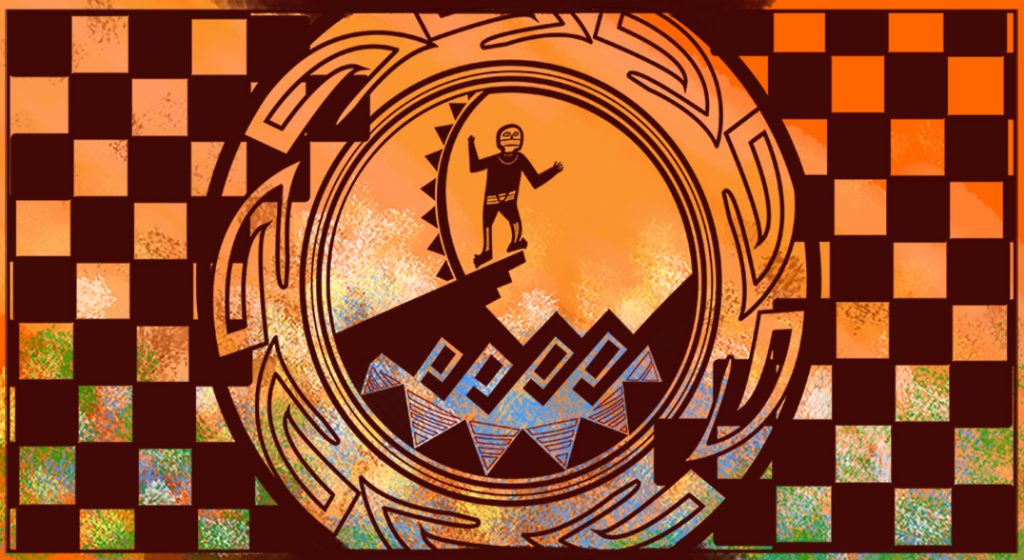
Along the cottonwood-lined rivers of southwestern New Mexico and southeastern Arizona, the Mimbres people did something unique: By the year 1000, these farmers were producing stunning ceramics decorated with naturalistic images of fish, people, and rabbits, as well as magical creatures and elaborate geometric patterns. And then, rather abruptly, they stopped.
After roughly a century of higher than normal rainfall, the area the Mimbres inhabited suffered a powerful drought, as indicated by the archaeological record. Big game—already scarce—became even less abundant, and it became harder to grow the beans, corn, and squash that the Mimbres relied on. By about 1150 the Mimbres were no longer making their signature pottery.
This abrupt change in pottery styles has long been considered a sign of a complete societal collapse and disappearance: Many scholars have interpreted it as evidence that when the climate shifted the society fell apart. But Michelle Hegmon, an archaeologist at Arizona State University’s School of Human Evolution and Social Change, disagrees with that narrative: “They didn’t disappear—they reorganized.”
Hegmon and her colleagues have helped to uncover evidence that the Mimbres moved from their centralized villages into smaller hamlets. They let go of their formal plazas and rooms that had been dedicated to ritual purposes. Their material culture became more diverse, and they abandoned their famous ceramic style for imported pottery and locally made knockoffs. Many of them even left the region, migrating to other parts of the U.S. Southwest as well as south into what is now northern Mexico. The ones who stayed expanded their trading connections to supplement their sedentary farming culture. Perhaps most interesting, the Mimbres were able to accomplish all this reorganization without falling to pieces. Skeletal remains from the period show little evidence of disease, starvation, or violence.
Change is inevitable, but how cultural groups respond to the challenges they face determines whether they are able to cope—or not. Hegmon and her colleagues have turned a spotlight on how and why cultures like the Mimbres adapted and survived in the face of such challenges while other groups collapsed. Over 20 years of research, Hegmon and a handful of other scholars have taken a hard look at several cultures that lived in the American Southwest from about 1000 to 1500 and compared them to communities such as the Norse in Greenland to learn lessons about resilience: how to be nimble in the face of change and what that means for today’s societies.
In southwestern Colorado’s Mesa Verde region, hundreds of miles to the north of the Mimbres Valley, lie the remains of Yucca House, a town constructed by Ancestral Puebloan people some 900 years ago. Today it is a national monument, a hot and dusty place filled with rattlesnakes and jackrabbits. Coarse limestone-block walls run in intersecting rows, creating a network of rooms that look like a waffle from above. The wooden roofs and towers fell in centuries ago.
The people of Yucca House, along with tens of thousands of others across the Mesa Verde region, left the area hundreds of years after its founding. Another climatic shift, this time a series of droughts, hit the U.S. Southwest in the 13th century and precipitated a dramatic breakdown in Mesa Verde society that led to widespread starvation and violence.
But Scott Ortman, an archaeologist at the University of Colorado, Boulder, and one of Hegmon’s former students, thinks that some of the people who populated Yucca House survived the crisis and joined with others from the region, going on to plant the seeds of what would eventually become the modern Tewa peoples of northern New Mexico. “A Tewa story refers to Yucca House as an ancestral home,” says Ortman in support of his theory. The layout of the town and its central public area, he adds, is noticeably different from that of other Mesa Verde villages of the time, hinting that, when things fell apart, some survivors were willing to experiment with different kinds of societal organization and leadership.
Overall, the people of Mesa Verde were quite different from the Mimbres. “They were very established in their ways,” says Hegmon. “They had a very conservative culture. Their pottery styles, architecture, and lifeways remained much the same for a long time. This may have made them less able to deal with the climatic shifts that hit the U.S. Southwest.” Ultimately, the Mesa Verde people may have clung too rigidly to a way of life and been unable to adapt to their changing reality, she says.
Mesa Verde’s economy was organized around the family unit, Ortman notes. Each family was more or less economically self-sufficient; they lived on small farms and didn’t produce a surplus of food for market—in fact, there was no market. As the population grew, more people moved into marginal areas. Economic inequality also grew. This was manageable as long as the climate remained stable. But the droughts, and a bout of cooler weather, made those marginal lands even more difficult to farm.
This perfect storm of factors contributed to conflict among the Mesa Verdean villages, says Kristin Kuckelman, an archaeologist at the Crow Canyon Archaeological Center in Cortez, Colorado. A drought that began in 1276 hit at a time when the population density of the region was peaking, wild foods such as mule deer were depleted, a cooling climate had shortened the already limited growing season, and the people were heavily dependent on a single crop—maize. “In my opinion, with that density of population in the mid-1200s, it wasn’t a matter of if, it was a matter of when a societal disaster was going to occur,” Kuckelman says. “And the when would be determined by the next serious drought.” Without the necessary infrastructures in place to redistribute food, the people of Mesa Verde began to starve.
Widespread violence hammered the region. Sometime around 1285 the people of Castle Rock Pueblo, not far from Yucca House, met a tragic end: At least 41 people in the village were killed in an attack, as evidenced by their fractured skulls and other signs of violent death. Other Mesa Verde archaeological sites have also turned up the remains of victims, as well as artifacts such as bows and arrows that may have been used as weapons. Some villages built defensive structures, and the people at Castle Rock Pueblo created artistic representations of violence, says Ortman. “The end of Mesa Verde was a very bad time.”
By about 1300, Mesa Verde had been largely abandoned. Demographic studies suggest that over the course of 35 years, the population plummeted from its peak of 30,000; an estimated 15,000 survivors left the Mesa Verde region for the Rio Grande Valley in New Mexico. The survivors scattered across a broad area, including the forested mesas of the Pajarito Plateau west of Santa Fe, New Mexico, to start something new. Eventually, over several generations, they became the Tewa peoples, according to Ortman. (Some scholars disagree, arguing that there is no clear line of descent from the people of Mesa Verde. But a new study shows a genetic link between domesticated animals in the Mesa Verde region and those of northern New Mexico, suggesting that the Tewa peoples of New Mexico may be descendants of Mesa Verdean populations.) This region was no less challenging, environmentally, than where they had come from. But the people who fled adapted to cope with the changes. “They became less family-focused and more communal,” says Ortman. For instance, Puebloan ritual rooms called kivas became communal, and the people built more plazas, indicating that they placed a higher value on community.
Today, the Tewa live in six villages up and down New Mexico’s Rio Grande Valley.
A hundred years after Mesa Verde faced environmental and societal mayhem, the Hohokam people of southern Arizona ran up against a similar barrier. And they were no more successful in overcoming it.
Along the rivers of the Phoenix Basin, the Hohokam constructed an intensive large-scale irrigation system that supported tens of thousands of people who comprised a multiethnic, multilingual society. They had ball courts, markets, and an extensive regional trade system. “The Hohokam had a very successful culture for a very long time,” says Hegmon. “They just had a very rough ending.”
Sometime after 1400 the Hohokam people encountered new challenges that led to a population decline. Exactly how and why is unclear. Water shortages, flooding, and internal conflict were all factors at various locations and times, Hegmon and her colleagues say. Bioarchaeologist John McClelland, who is based at the University of Arizona in Tucson, has proposed that low fertility rates might have been the Hohokam’s undoing. Whatever the reason, things began to fall apart.
The Hohokam, Hegmon infers from the archaeological record, were simply too tied to their infrastructure. Their irrigation system was a marvel of engineering and labor organization, but when it ceased to function many generations after it was built, the Hohokam couldn’t find another way to maintain the large, complex, and densely populated society that the irrigation system had allowed to flourish. By the time Europeans arrived in 1540, the large-scale irrigation system was gone and the population of the region had dropped off dramatically, “from tens of thousands concentrated around the canal systems to far fewer people in more scattered settlements,” Hegmon says.
There are almost as many theories about what happened to the Hohokam as there are archaeologists studying the Hohokam, says Paul Fish, a curator emeritus at the Arizona State Museum in Tucson. Overreliance on large-scale irrigation is just one of those theories, but it’s a reasonable one, Fish says. The destruction of archaeological sites by modern agriculture and urban development has made it difficult to prove exactly what led to the Hohokam’s decline.
By carefully combing through the archaeological record, however, Hegmon is developing a clearer picture of what life was like for the Hohokam people as things fell apart. As Hegmon and her colleagues wrote about the Hohokam in a 2008 paper, “People may have literally felt trapped, perceiving no way to make changes and no place to go, and so they stayed while things fell apart around them.”
To gain more insight, Hegmon and her team started to compare what they saw in the Southwest with what happened to the Norse people in the North Atlantic around the same time.
When the Norse, led by Erik the Red, arrived in Greenland from Iceland in 985, the Northern Hemisphere was unusually warm, and parts of Greenland were ripe for European settlement. Sea ice was limited and the growing season was sufficient for the Norse to transfer their livestock-centered lifestyle to the new land.
For nearly 500 years, the Norse endured. And then they didn’t. By about 1300, the Norse settlements in Greenland were in steady decline; by sometime in the mid-to-late 15th century, they were gone.
“The old story is that the Norse were simply a maladaptive society,” says Andrew Dugmore, a physical geographer at the University of Edinburgh. “This idea that they weren’t adaptable is a very reassuring narrative because it allows us to feel superior.” But this view of the Greenland Norse, made popular by Jared Diamond’s 2005 book Collapse, is very different from what archaeologists now think. “In fact, they were quite adaptable,” says Dugmore.
The massive number of seal bones uncovered throughout the Norse settlement indicate that very soon after landing in Greenland the Norse began supplementing their beef with a marine mammal diet more in line with native resources that were available to them in their new icy home. The Norse were communal, hunting and farming as a community and sustainably managing reindeer and non-migratory seal populations for almost 500 years. “They were flexible, resilient, practiced sustainable strategies, and worked together as a community,” says Dugmore. “And they still got whacked.”
The Norse faced a complex tangle of challenges: migration, globalization, and climate calamities. By the 1200s, the Inuit people were moving into Greenland, and the two cultures didn’t get along; they competed for resources and engaged in conflict. At the same time, the growth of commodity markets in Europe, and a loss of interest in the walrus tusk ivory that had been Greenland’s main export, hit the Greenland colony hard. Ships from Europe arrived less frequently, so essentials such as iron and wood became much harder to import. Meanwhile a worldwide increase in volcanic activity—including a particularly large eruption in Indonesia in 1257 that had a global impact—darkened skies, cooled Greenland, killed off livestock, and shifted sea ice, increasing the severity of storms and making it harder to harvest seals.
The Norse might have struggled through if they had faced each one of these problems separately, says Dugmore. But collectively it was too much. “Even if you perfect the things you’ve always done,” he says, “the outside world is always changing. The goal posts shift.”
In each of these archaeological cases, it wasn’t the changing climate in itself that brought about suffering but rather each society’s response to the challenges. “There is no such thing as a natural disaster,” says Dugmore. “There are only natural hazards and human vulnerabilities.”
Humans have been adapting to a wide variety of fluctuations in climatic conditions for our entire existence as a species. And, it might be argued, we’ve been pretty successful at it. Yet the question that arises when looking at the experiences of the Mimbres, Mesa Verde, and Hohokam people is: Can our societies adapt quickly and adeptly enough to deal with the pressing problems we face? The answer to that question might lie in how flexible a given culture is in dealing with change and at what point its people choose to act—or not.
There are some worrying signs of inflexibility in today’s world, Hegmon notes. Our nation-states are so large that relocation is not really an option. And we are perhaps overly reliant on large-scale infrastructure like the U.S. electric grid. “We’d go back to the Stone Age if the electricity system went out,” says David Nicol, a professor of electrical and computer engineering at the University of Illinois in Urbana.
“Sadly,” adds Nicol, “I don’t see any reason why we’d be any different than any past civilization.”
Experts widely agree that our modern lifestyles are dependent upon today’s fossil fuel–based economy, which has both driven the growth of our industrial society and triggered a serious threat to our climate. Many who benefit personally from the continued burning of oil and coal—from oil giants to car-engine manufacturers—are resisting attempts to shift to an economy based on renewable resources.
“There will always be some people in a society who benefit while others don’t,” says Ortman. “When change is needed, those doing well will want to maintain the status quo and will prevent evolution and adaptability. If a society prevents innovation and creative destruction, you have big problems.”
Will modern societies successfully adapt to changing climates and conditions like the Mimbres, be overextended like the Hohokam, or be overwhelmed like the Norse? Perhaps the Mesa Verde case provides at least a glimmer of hope by showing that even if a society as a whole has trouble adapting and falls apart, the more flexible segments of that culture can still survive. “The failure of Mesa Verde was a failure of imagination,” says Ortman. “The Tewa society that emerged was a triumph of imagination. They found a better way of doing things.”
This article was republished on Discover.
